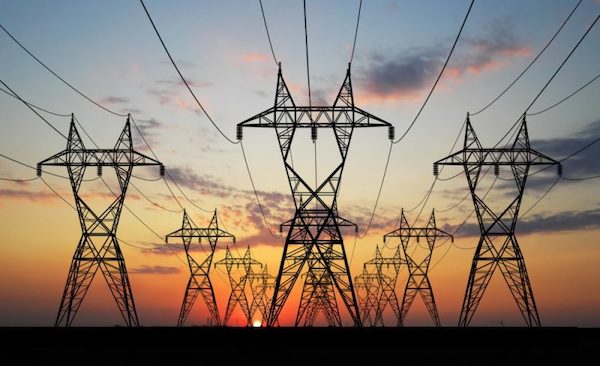Business
Infrastructural constraints cost power sector N19.15bn in less than 2 weeks

The Nigerian power sector lost about N19.15 billion between 5th and 14th February 2020, statistics gleaned from the Advisory Power Team (APT) in the Office of the Vice President has revealed.
The loss stemmed from a number of operational bottlenecks, ranging from poor distribution and transmission facilities to a dearth of gas supply.
An estimated N1.55 billion was lost on 5th February, N1.77 billion on 6th February, N1.92 billion on 7th February, and N1.89 billion on 8th February 2020.
Similarly, N1.95 billion, N2.15 billion, N1.95 billion, N2 billion, N2.01 billion and N1.96 billion were lost on February 9, February 10, February 11, February 12 and February 14 respectively.
Giving grounds for the acute shortage of power in the period, the APT mentioned that 579.2 MW was not generated because of the high frequency stemming from a dearth of distribution machinery while 3,314MW was lost to unavailability of gas. It also disclosed that inadequacy of transmission infrastructure was responsible for the loss of 188.6MW.
An average of 4,145 megawatts-hour/hour was dispensed on 5th February, 4,092 MWh/h on 6th February, 4,040 MWh/h on 7th February, 3,872 MWh/h on 8th February and 3,929MWh/h on 9th February 2020.
Read also: FY2019: May & Baker after-tax profit leaps by 84% despite falling revenue
The power sector distributed an average of 3,908 MWh/h on 10th February, 3,994 MWh/h on 11th February, 4,033 MWh/h on 12th February, 3,977MWh/h on 13th February and 4,108 MWh/h on 14th February.
In the generation segment, 4,476MW, 4,064.2MW, 4,171.4MW and 4,181.4MW were not generated on 11th, 12th, 13th and 14th February 2020 respectively.
Nigeria’s power generation capacity currently stands at 12,910.40MW while the available capacity is 7,652.60MW.
Meanwhile, the transmission wheeling capacity of the power sector is 8100MW. Interestingly, the peak generation has been 5,375MW.
The chunk of the country’s power generation comes from gas-fired power plants while hydropower plants contribute 30% to the generation segment of the power value chain.
Join the conversation
Support Ripples Nigeria, hold up solutions journalism
Balanced, fearless journalism driven by data comes at huge financial costs.
As a media platform, we hold leadership accountable and will not trade the right to press freedom and free speech for a piece of cake.
If you like what we do, and are ready to uphold solutions journalism, kindly donate to the Ripples Nigeria cause.
Your support would help to ensure that citizens and institutions continue to have free access to credible and reliable information for societal development.
























